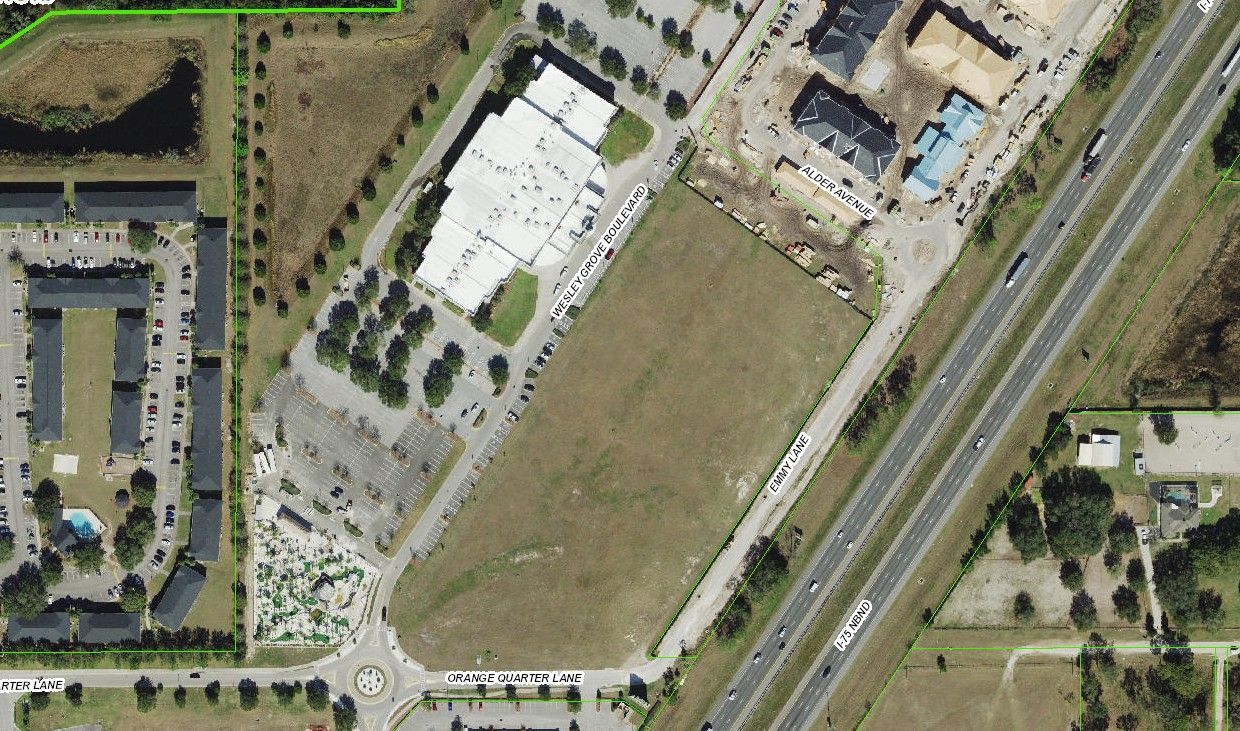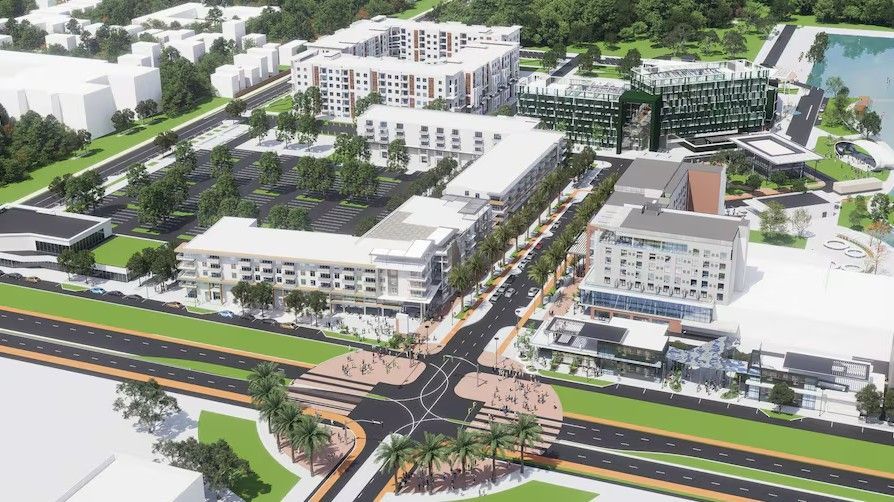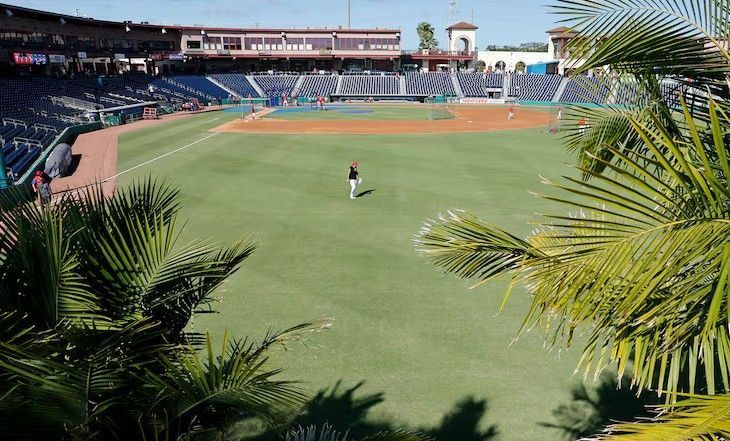Downtown Tampa’s Office Market: Trends and Highlights Entering the New Year
Over the past few months, the dynamics of the Downtown Tampa office market have seen significant shifts, yet the submarket remains robust and continues to thrive. With a steady decline in office vacancies and substantial leasing activity, the area is positioning itself as a competitive and attractive destination for businesses.
Declining Vacancy Rates
Office vacancy in Downtown Tampa has decreased markedly since reaching a peak of 13% in late 2021, following the completion of Thousand & One Water Street. As of now, the vacancy rate has dropped to 7.7%, and it’s anticipated to decline even further in the coming quarters due to planned move-ins and expansions. This improvement reflects a healthy demand for office space in the area, which is encouraging for both landlords and prospective tenants.
Leasing Activity: A Mixed Bag
Leasing activity in 2024 has been a rollercoaster. The year started strong with over 350,000 square feet (SF) of leasing volume in the first quarter, marking one of the best quarters of the past decade. This surge was largely driven by Masonite’s 128,000-SF lease of K. Force’s former headquarters in Ybor City. Masonite’s occupancy in late 2024 has been a major factor in Downtown Tampa’s positive absorption rate over the past 12 months.
However, the second quarter saw a significant dip with less than 120,000 SF leased. This was followed by a rebound in the latter half of the year, with two consecutive quarters exceeding 200,000 SF of leasing volume. Notable contributions came from major renewals at Tampa City Center, including CliftonLarsonAllen, LLP, Hill Ward Henderson, and EY, which collectively accounted for 150,000 SF of leasing activity. Despite this momentum, new leasing activity remains constrained due to the lack of fresh construction in the submarket.
Upcoming Developments and Challenges
The highly anticipated GasWorx development in Ybor City is set to break ground on a new 115,000-SF office building, which is already 50% pre-leased to Grow Financial. However, speculative office construction remains challenging in the current tighter lending environment, making pre-leasing a necessity for new projects. Other office projects have been proposed in Downtown Tampa, but progress will likely be slow without significant tenant commitments.
Rent Growth and Market Trends
Annual rent growth has decelerated, with a 1.9% growth rate reported in the first quarter of 2025. The diminishing impact of new construction, which typically drives up rents, is a key factor. For instance, Thousand & One Water Street, the newest addition to the submarket, has asking rents starting at $64/SF on a full-service basis. Less than 60,000 SF remains available for lease in this premium property.
Overall, Downtown Tampa’s average asking rent stands at $37.00/SF, making it one of the most expensive office submarkets in the region. While GasWorx’s above-market rates are expected to elevate its profile, its limited availability will have minimal impact on the overall submarket average. Rent growth is forecast to continue slowing in the coming quarters.
Investment Activity: A Noteworthy Resurgence
After a long hiatus, Downtown Tampa’s office investment activity saw a resurgence in 2024, highlighted by the $151.3 million sale of 100 N Tampa in the second quarter. The Brookdale Group acquired the nearly 575,000 SF property from Prudential for $265 per SF. Prior to this, the submarket had gone nearly two years without a significant office tower trade. The sale of 100 N Tampa, one of the submarket’s premier office towers, could set a precedent for future transactions. Starting rents at this property exceed $45/SF, underscoring its position as one of the most sought-after office spaces in the area.
Conclusion
Downtown Tampa’s office market is navigating a complex yet promising landscape. Declining vacancy rates, significant leasing activity, and a resurgence in investment signal a market on the rise. While challenges such as limited new construction and slowing rent growth persist, the submarket’s resilience and appeal remain evident. As 2025 unfolds, the continued evolution of Downtown Tampa’s office market will be one to watch for businesses and investors alike.
SHARE CONTENT





